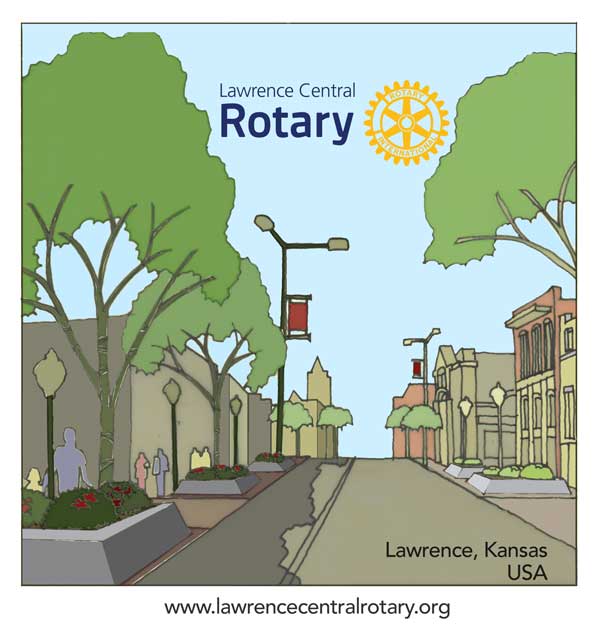Below is a repost from the TheAtlanticCities.com about dedicated bike lanes link to the original article HERE
Dedicated Bike Lanes Can Cut Cycling Injuries in Half

A major city street with parked cars and no bike lanes is just about the most dangerous place you could ride a bike. All the big threats are there: open car doors, bad parallel parkers, passing cabs and public transit. This is not a particularly novel scientific revelation, although research has found it to be true. Things get more interesting when we compare this bad-biking baseline to infrastructure actually intended to accommodate cyclists.
New research out of Canada has methodically done just this, parsing 14 route types – from that bike-ambivalent major street to sidewalks, local roads with designated bike lanes, paved multi-use paths and protected “cycle tracks” – for their likelihood of yielding serious bike injuries. As it turns out, infrastructure really matters. Your chance of injury drops by about 50 percent, relative to that major city street, when riding on a similar road with a bike lane and no parked cars. The same improvement occurs on bike paths and local streets with designated bike routes. And protected bike lanes – with actual barriers separating cyclists from traffic – really make a difference. The risk of injury drops for riders there by 90 percent.
These findings come from a new study of cyclist injuries and behavior in Toronto and Vancouver just published in the American Journal of Public Health. The research will provide weighty evidence for advocates of dedicated bike infrastructure precisely because transportation engineers have long believed the exact opposite to be true. For years, they’ve counter-intuitively argued that you’re actually better off learning to ride alongside cars than having your own bike lane.
“That became a very often repeated philosophy,” says Kay Teschke, a professor at the University of British Columbia and the lead author of the new study. She traces it back to a guy named John Forester, who popularized the idea of “vehicular cycling” 40 years ago. Forester famously argued against separated bike lanes in Palo Alto, on the grounds that bikers should learn instead to behave like drivers.
Some spotty research followed on this topic that seemed to reinforce Forester’s idea: Biking in traffic did appear to be safer than many of its alternatives. But the alternatives that researchers had to examine in North America were unpaved routes, sidewalks, off-road and even mountain bike trails. At the time, we had little of the dedicated commuter bike infrastructure many cities are just creating now.
“I think a little bit of what happened was [engineers] knew this was counterintuitive, they knew the few studies out there were not particularly well controlled or appropriate,” Teschke says. “But it just further entrenched them.”
So along comes this new study. Teschke and her colleagues worked with five hospitals in Toronto and Vancouver to identify adult bikers who were treated in an emergency room within 24 hours of a bike accident. Over an 18-month period between summer of 2008 and fall of 2009, they identified 2,335 injured cyclists. Of that group, 690 were considered eligible for the study and agreed to participate.
The researchers excluded bikers who were fatally injured (there were two in this time period), those who couldn’t remember or speak about their rides, or who had been injured off-road riding, trick riding or racing. The study essentially focused on cyclists who were injured enough to visit the ER, but not so battered that they couldn’t recall the details of the trip in question (Vancouver, by the way, has a helmet law).
The genius of this study is that each biker was used as his her own control. On a map, the researchers traced each route with the riders and identified where their accidents had occurred. A random sampling of other points on those same routes was used to compare with the injury locations. That means that the final results weren’t skewed by the fact that some bikers were male or young or drunk, or that the weather was bad some days, or that some bikes themselves were wonky. The researchers then visited all of these locations – about 2,100 of them – to classify them among the 14 route types. And the final statistical analysis confirmed that, indeed, accidents happen when we don’t build (or paint) cyclists their own infrastructure.
In the end, Teschke was still concerned about one other question: Are the safest routes the same routes that bikers actually want to use? Several years ago, she conducted another studyinto this question of preferences, using the same 14 route designations employed in the latest research.
“We were told in advance that young males and people who are experienced riders would tell you they’d rather ride on major streets without bike infrastructure,” she recalls. “It turned out not to be true. Everyone had the same order or preferences.”
So how did those preferences line up with this latest injury data?
“When my statistician finally finished doing the analysis for the injury study, I can remember sitting at the desk, and my heart was just pounding because I thought ‘what am I going to do if the injury results are the opposite of the preference results?'” Teschke says. How can anyone advocate for safer bike infrastructure if no one wants to use it? “Isn’t that going to be just awful for the present situation?”
Teschke was relieved (bike advocates more broadly should be, too). Here the results of the two studies are plotted on a single graph:

The x-axis on the bottom reflects the route-safety findings (“cycle tracks” or protected bike lanes have 10 percent of the risk of major streets with parked cars).
“That in my view is one of the most wonderful outcomes of this research,” Teschke says. “People have good gut feelings.”
Will transportation engineers join them?
Top image: Amy Johansson /Shutterstock.com




